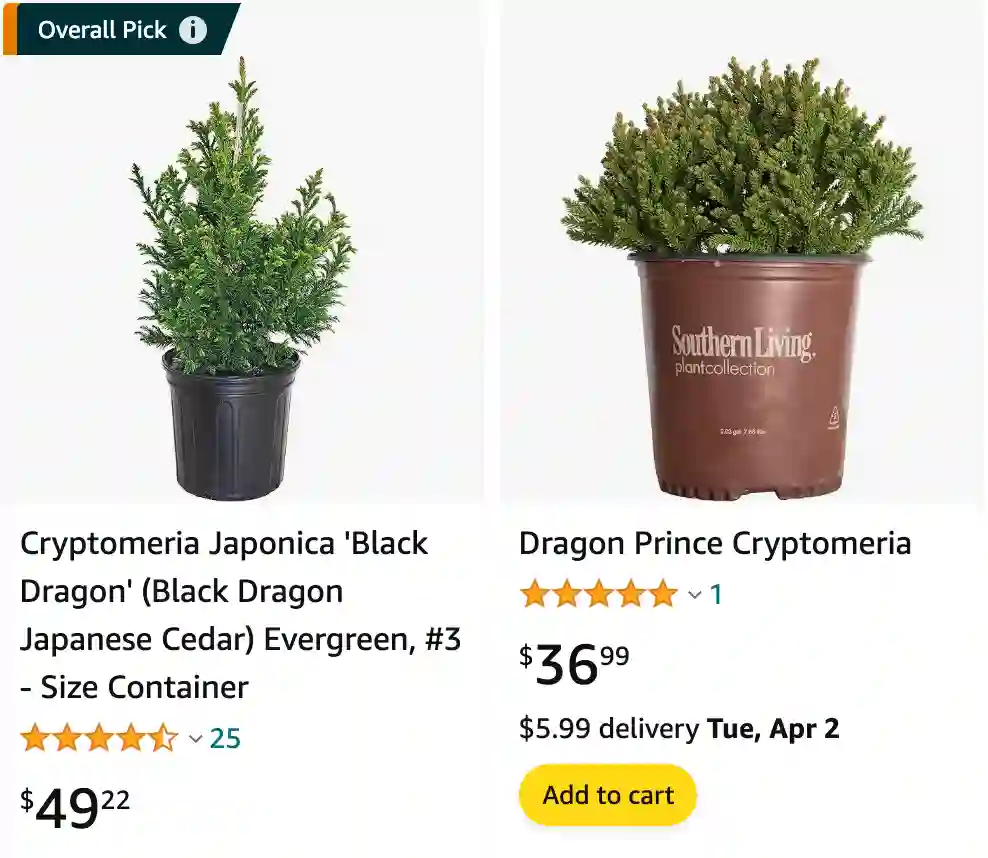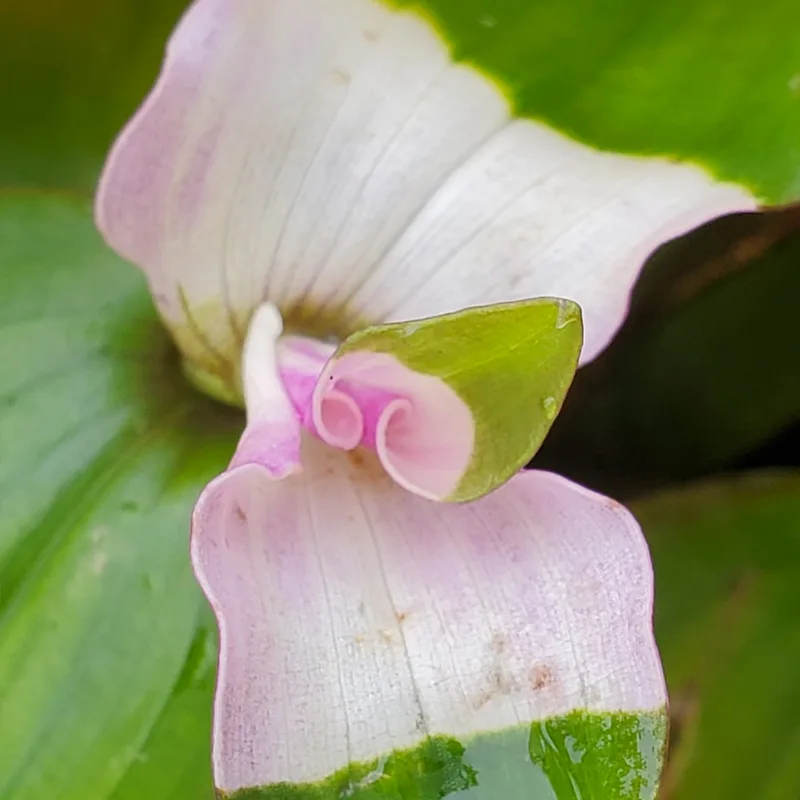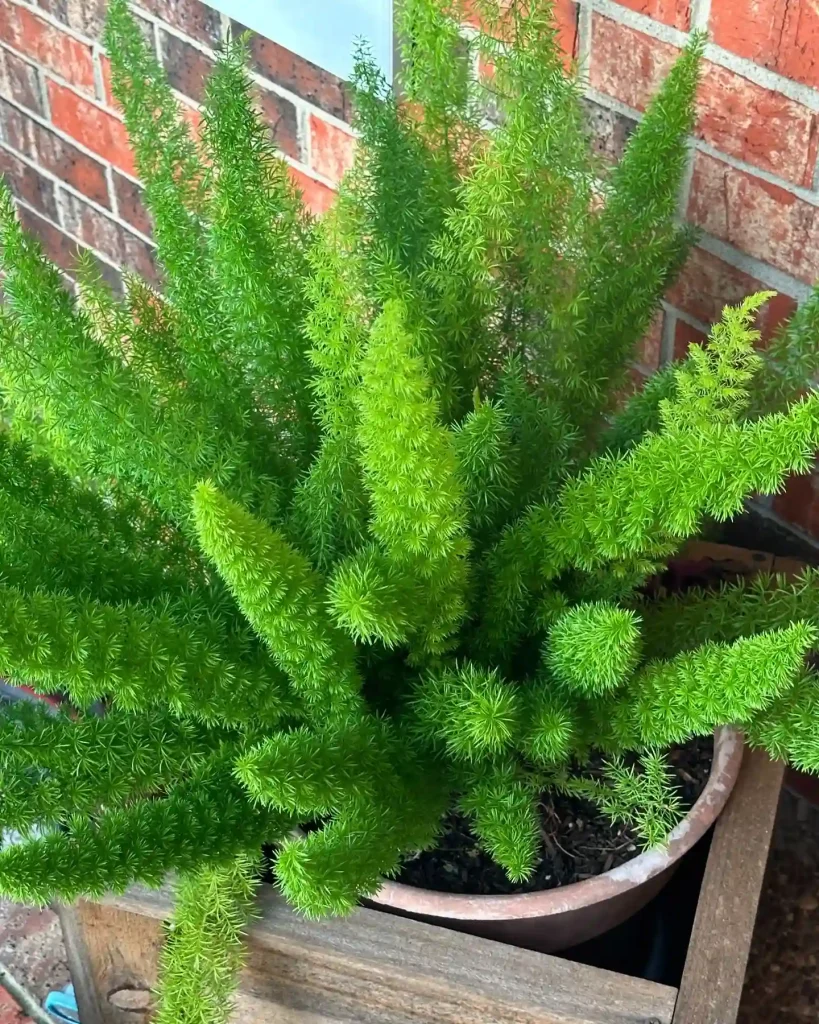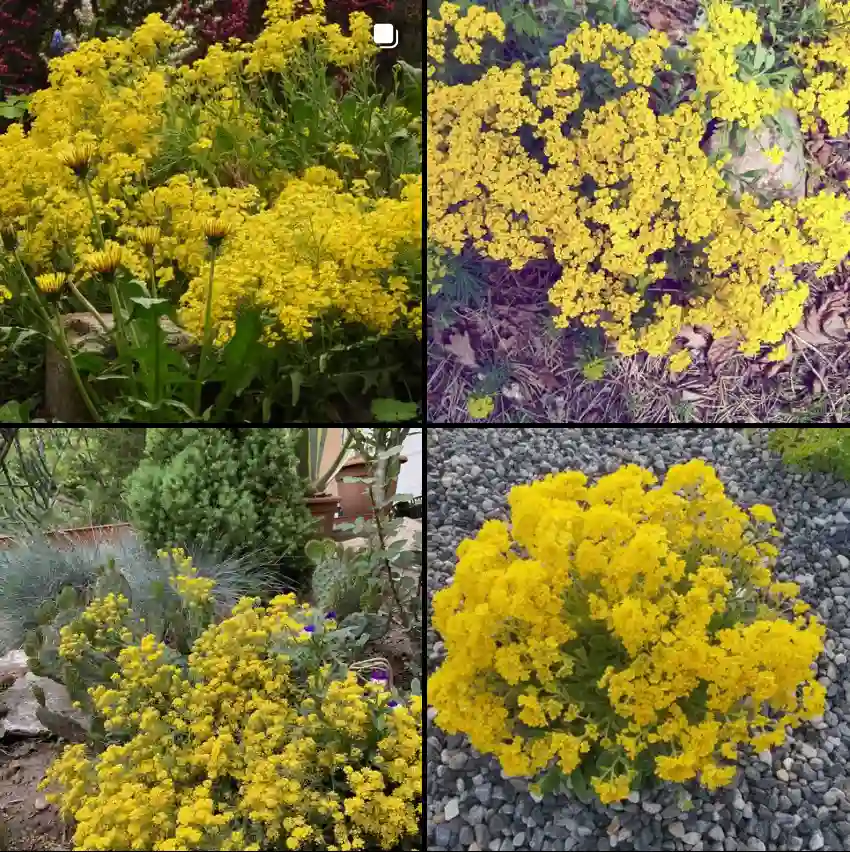
What is cryptomeria?
Cryptomeria, also known as Japanese cedar, is a beautiful evergreen tree that I’ve come to admire for its elegant appearance and versatility in landscaping. I first learned about cryptomeria when I was researching trees for my garden and was captivated by its graceful form and soft foliage.
Cryptomeria vs Arborvitae
I love the elegant, soft foliage of Cryptomeria, but Arborvitae‘s resilience in harsh winters impresses me.
Cryptomeria vs Green Giant
Green Giant‘s rapid growth and dense screen make it ideal for privacy, though Cryptomeria’s unique reddish bark adds a nice touch to my garden.
Cryptomeria vs Leyland Cypress
Leyland Cypress grows quickly and forms a solid hedge, but Cryptomeria’s graceful, feathery branches give a more tranquil feel to my landscape.
Are cryptomeria deer resistant?
While cryptomeria is often touted as deer-resistant, I’ve learned through personal experience that it’s not always the case. In my garden, I’ve had instances where deer have nibbled on young cryptomeria shoots, especially during times when food is scarce. To protect my trees, I’ve had to employ measures like fencing or deer repellents.
Can cryptomeria grow in shade?
While cryptomeria prefers full sun, I’ve observed that it can tolerate partial shade to some extent. In areas with less sunlight, I’ve noticed slower growth and less dense foliage compared to those in sunnier spots. However, with proper care and attention, cryptomeria can still thrive in shadier conditions.
When to prune cryptomeria? How to prune cryptomeria?
When to prune cryptomeria is best done in late winter or early spring, before new growth starts. This timing allows the tree to recover quickly from any pruning wounds and encourages healthy growth during the upcoming growing season. As for how to prune cryptomeria, I’ve found that it’s essential to use sharp, clean pruning shears to make precise cuts. Start by removing any dead, damaged, or diseased branches, cutting them back to healthy growth points or the main trunk. Then, if shaping is desired, selectively prune branches to maintain the tree’s natural form and prevent overcrowding. It’s crucial not to over-prune, as this can lead to stress and sparse foliage. Overall, pruning cryptomeria requires a delicate touch and attention to detail to ensure the tree remains healthy and visually appealing.
Do cryptomeria turn brown in winter?
While cryptomeria typically retains its green color throughout the year, I’ve noticed some browning on my trees during particularly harsh winters. However, overall, they’ve remained mostly green and vibrant even during colder months. Providing adequate protection from harsh winter winds and ensuring proper watering can help minimize winter browning.
How big do cryptomeria get?
Cryptomeria trees can reach impressive heights, often growing up to 50 feet tall or even taller, depending on the specific variety and growing conditions. I’ve seen some towering cryptomeria specimens in botanical gardens and parks, and their majestic presence always leaves a lasting impression. The size of cryptomeria trees can vary depending on factors such as soil quality, sunlight exposure, and available water, but in general, they have the potential to become substantial and imposing additions to the landscape.
How far apart to plant cryptomeria?
When planting cryptomeria, I’ve found that spacing them at least 10 to 15 feet apart works well to allow ample room for their mature size. This spacing ensures that each tree has enough space to spread out and develop its full canopy without overcrowding or competing for resources.
How fast do cryptomeria grow?
Cryptomeria trees are relatively fast growers, especially when they’re young and establishing themselves in their new environment. I’ve noticed significant growth in my cryptomeria trees during the first few years after planting, with noticeable increases in height and foliage density.
Why is my cryptomeria turning brown?
If your cryptomeria is turning brown, it could be due to various factors such as drought stress, fungal diseases, or pests. In my experience, ensuring adequate watering, especially during dry periods, is essential for maintaining the health and vibrancy of cryptomeria trees. Additionally, monitoring for signs of disease or pests and taking appropriate action, such as applying fungicides or insecticides if necessary, can help address any issues causing browning.
If i die, water my plants!



